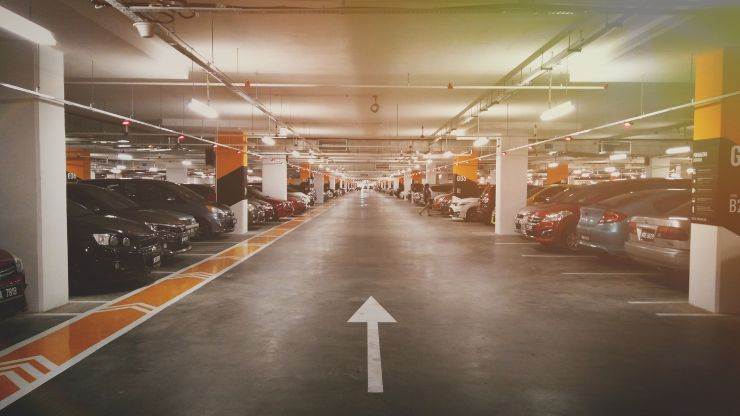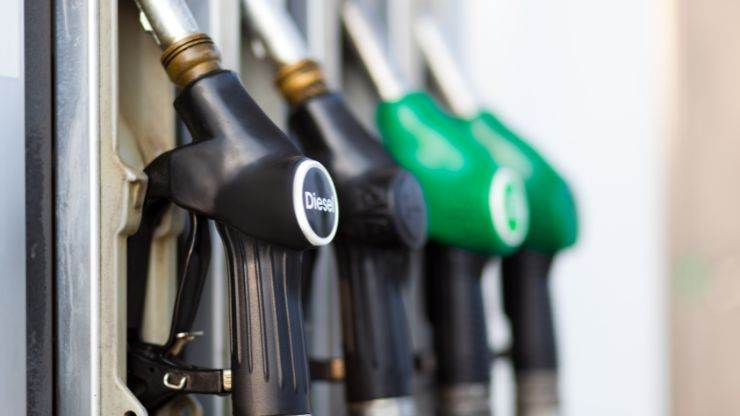The costs of maintaining the car are always higher: this is how much we should expect to spend in the coming year.

L’buying a car it’s a big expense so you have to think carefully before making a final decision. And we are not just talking about the money needed to buy it and support a loan, but also about all the ancillary costs that concern its maintenance.
Insurance, road tax, fuel, any extra expenses that we always hope to avoid, motorway tolls and much more. Maintain a car it is a long-term commitment that must be carefully considered.
That’s why with this article we want to put order and try to understand how much does it really cost to maintain the car today and especially if increases are expected from 2023. To give you the bad news right away, yes, something will inevitably cost more.
Maintaining a car in 2023: expected and rising costs
The first sector to undergo price increases is that of car insurance. The cost of the annual premium is set to increase starting next year. The causes are diverse and closely related to the end of the pandemic.

There are more people who have resumed regular car use, which has consequently increased the number of accidents, especially among younger drivers. Furthermore, it must be considered that a cause of the economic crisis the number of people who decide to take risks and circulate without insurance has also increased.
Federcarrozzieri then warns that another increase could concern the possible car repair costs. Rising raw material costs, along with other factors, will result in 15% higher bills in 2023.
To this must be added inevitably longer waiting times, due to the time required to find the parts needed for the repair. A tangible example? What cost us 1,200 euros in 2022 could cost us as much as 1,400 euros from 2023.
Other costs may be those related todaily use of the car: on the one hand there is talk of an increase in the price of parking in cities throughout Italy, a decision taken to encourage the use of public transport or less polluting cars, such as hybrids or fully electric ones.
In this sense, we can take the example of Milan where the cost of access to the “famous” Area C will experience a price increase after more than 10 years.
Finally, another sector that is likely to suffer price increases is that linked to financing for the purchase of a new car. The blame lies with the increase in interest rates necessary to enter into a loan agreement: a situation due to ever-increasing inflation.

Just bad news? We say no, because there are some sectors where there shouldn’t be any increases in prices and, in some cases, we could even see some declines.
Car tax, cost of tires and fuel they should remain at current levels, even if uncertainty still reigns over this latter aspect. If we think about unpredictable events, such as this year’s war in Ukraine, you understand well that unfortunately anything is possible. Always have some savings on hand.



